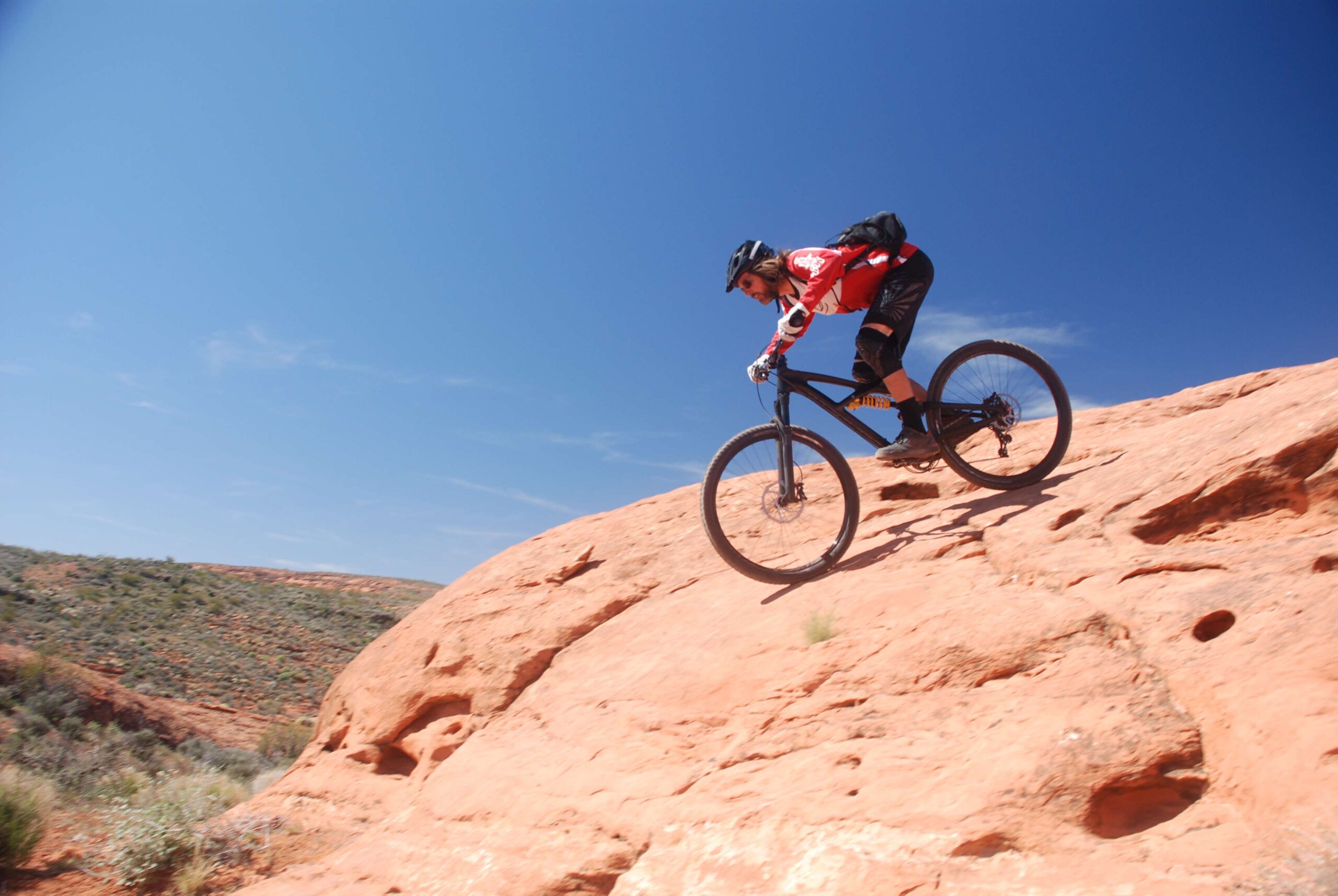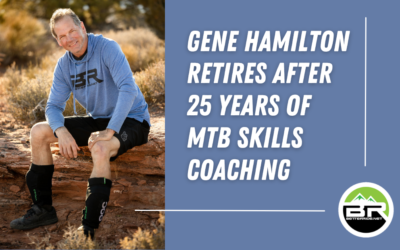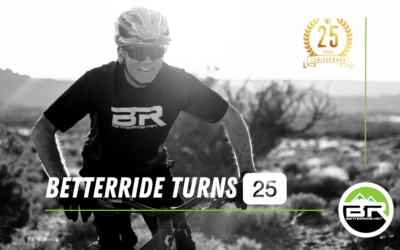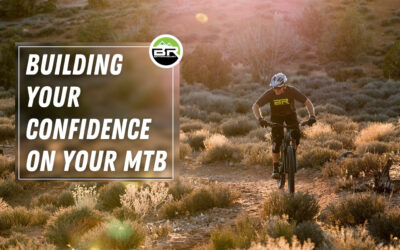Mountain bike foot placement is a skill that will make you smoother and give you better balance. Check out my video below and then read my deeper break down of this important skill.
I can’t stress enough how important this is! Greg Minnaar and Aaron Gwin have their cleats mounted like mine (well, I copied them actually) for the optimum combination of power, balance, and smoothness on the bike. Please do the jumping drill and realize how bad it is to ride flat footed! Again, I like both pedal types for more on flat pedals vs. clips read this: https://wp.me/p49ApH-1ci
I took a balance class from Jim Klopman and Janet Miller (authors of a great book on balance, Balance is Power and owners of SlackBow, a balance training facility in Park City, UT) and I learned a lot (like my balance is decent but can get much. much better with practice, more on that in a future blog article) and a few things that I knew were reinforced. Both Jim and Janet really stressed that a big component of balance is being on the ball of your foot. I specifically asked if that was important on your bike’s pedals and they said something to the effect of, “if you want to be in balance it does!”
Famous motocross coach Gary Baily stresses being on the balls of your feet to be smooth on a dirt bike with 12″ of suspension travel! The jumping drill sums it up well. I have tested this on my bike many times and honestly, you lose ALL of your smoothness when you are standing on your arch. At places as rough as Bootleg Canyon or South Mountain, it makes riding downhill on rough trails nearly impossible.
Some riders tend to ride with their toes angled out a bit and others with their toes in. I think this is more about how your body is built and doesn’t affect performance.
When coasting you want the pedals relatively level and in the 3 o’clock and 9 o’clock position. Often, on flat pedals, riders will drop the heel of their front foot a bit and raise the heel of their trailing foot creating a “cradle” to help keep their feet from sliding on the pedals. Of course, some good, 5.10 shoes and a good pair of flat pedals like the Canfield Brothers Crampons really help! Many, many great riders have told me that they drop their heels, other than dropping the heal on their front foot sometimes I rarely see them doing this, I think it feels that way to them (and we certainly don’t want our front heel up!)
Spend some time on mellow descents, or better yet, paved mellow descents focusing on keeping your weight on the balls of your feet! Your body, rims, and shocks will thank you!
Now, go out and practice! Let us know how this has affected your riding by posting below. Feel free to share this article with anyone you feel could benefit from it.





Thanks for providing a scientific and athletic approach to this sport, as there is often conflicting and unhelpful information provided by so called “experts” that is of no real benefit to the rider and in some cases is just downfight dangerous. Keep up the videos!
while I certainly don’t think that the axle should be placed as far back as some coaches are proposing, however, I also supect that having the pedal under the ball of the foot is too far forward; particularly if you want to return the force in the opposite direction as is often the case in mountain biking.
If you take a look at disciplines in Track and Field, the greater the force that needs to be applied, the furthe r back the contact point on the foot – from mid 5th metatarsal in sprinting (post drive phase – to absorb the impact before pronating onto the ball of the foot, to flat foot in triple jump, to heel in long and high jump on the ultimate and penultimate steps. and of course if you try to do plyos of your toes you are likely to end up with achilles or plantar issues pretty quickly.
This is because when it comes to absorbing force, the muscles that support the ankle joint are far weaker than those in the knee, let alone the hip and more liable to collapse – creating an inferior platform for tranmitting force.
Of course when mountain biking we are absobing small forces (and pedalling) on a constant basis, and the ankl is pretty good at both of these and personally I find that the axle placement behing the ball of the foot – similar to sprinting – to be optimal for me. But every one is different…
Thanks David. Good info, I didn’t know that able track and field! It took a lot of experimenting to find what I feel is right. Your position sounds like it is 5-10mm back from mine. That felt weird to me but all changes feel weird, I’ll experiment again when I’m back in the states.
It all seems to make sense……….but a priority for me is simply NOT to have my foot come off the pedal on really bumpy terrain. The obvious FAIL is if you let the toe get too far back on the pedal, when it can flip the pedal over.
And OK……..there are all those other things: sticky rubber, big pedals, keeping your weight off the saddle etc. But, there seems to place to “trap” the pedal on the sole…………maybe it’s that very spot: just behind the ball of the foot?
Thanks……..
Hey Rusty,
Yeah, Greg Minnaar and Rat Boy use sticky rubber shoes and great flat pedals but Rat Boy switched to being clipped in and Greg has almost always raced clipped in to keep their feet where they should be on the pedals. If you watch the video of Rat Boy’s crash at the World Championship in South Africa 3-4 years ago his foot flies off his pedal causing the crash. I believe that was his last race on flat pedals.
I (and probably you, I don’t know you so who knows?) don’t go quite as fast as Minnaar and Rat Boy which is why I recommend flat pedals to most of my students.
As far as the exact foot placement it probably differs a bit with foot size, pedal size and possibly even leg length. I feel the key is to make sure the ball of your foot has some support. So if the spindle is just behind the ball of your foot you still probably have support. What I feel is bad is when both the ball of your foot and heel are below the pedal and you are standing on your arch.
I hope this helps!
Cheers,
Gene